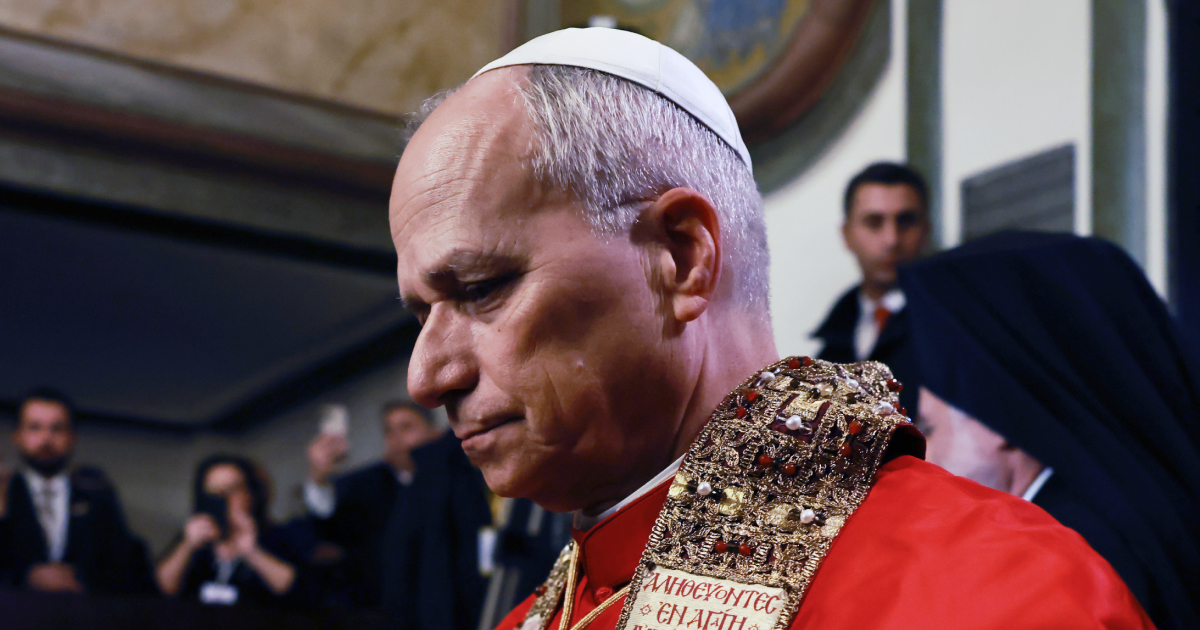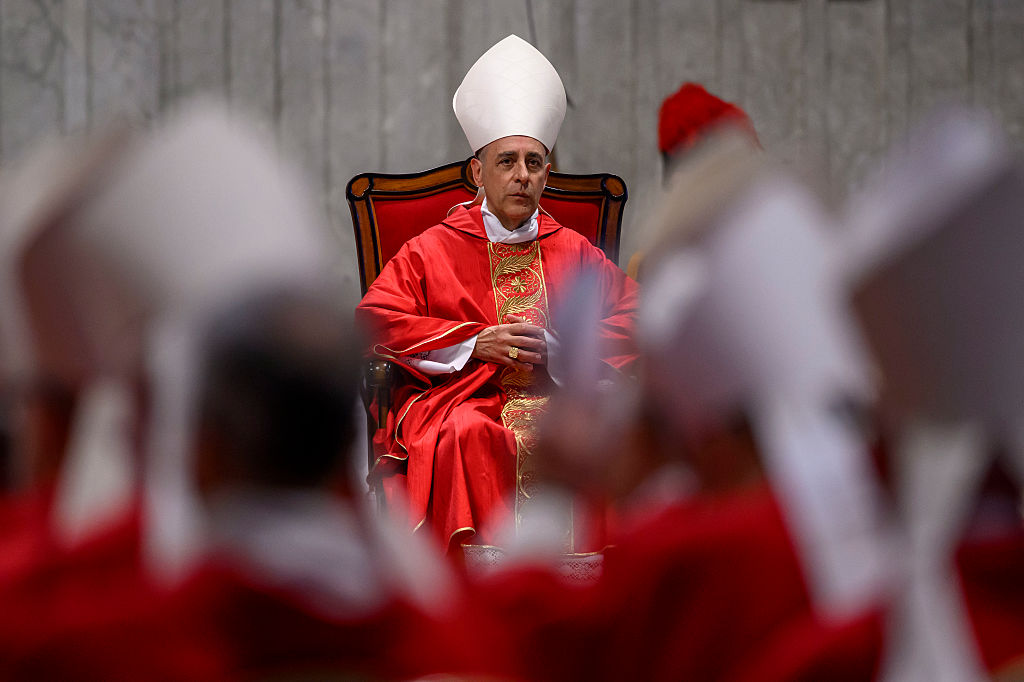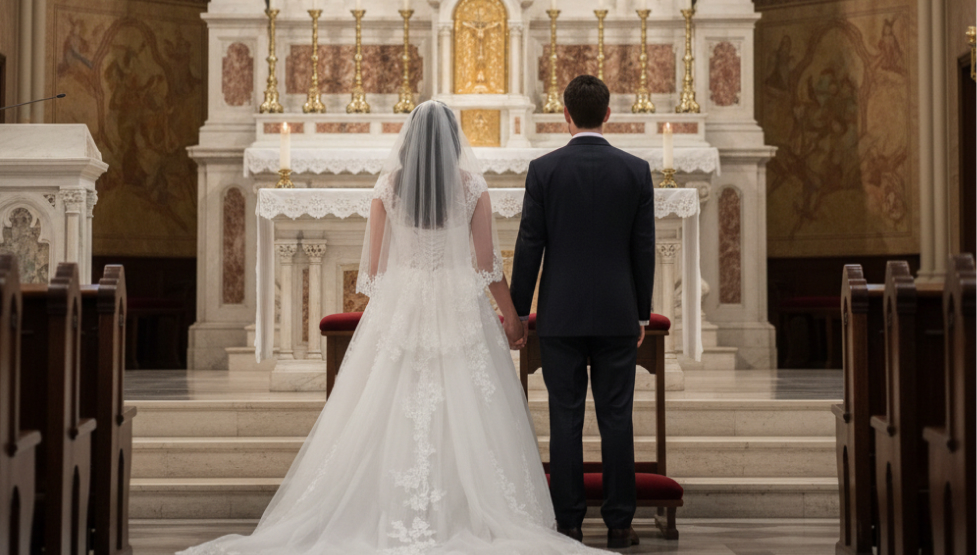The Armenian Prime Minister, Nikol Pashinyan, received Catholic Communion in St Peter’s Square yesterday, despite not being a Catholic.
The 50-year-old former journalist was attending the canonisations of seven new saints, among them the Armenian Catholic Archbishop Ignatius Maloyan, who was executed during the Armenian Genocide of 1915.
The canonisation drew tens of thousands of pilgrims, clergy and dignitaries to the Vatican, including Armenia’s Prime Minister, Nikol Pashinyan. Mr Pashinyan, who belongs to the Armenian Apostolic Church rather than the Catholic Church, was seen receiving Holy Communion on the tongue in a reverent manner.
Video footage broadcast by Armenia’s News.am showed the prime minister approaching a priest to receive the Eucharist.
According to Canon 844 §1 of the Code of Canon Law, “Catholic ministers administer the sacraments licitly to Catholic members of the Christian faithful alone, who likewise receive them licitly from Catholic ministers alone.” The Eucharist is therefore ordinarily reserved for those in full communion with the Church — baptised Catholics who affirm its teaching and who are spiritually prepared to receive it.
At the same time, Canon 844 §3 provides an exception, stating that “Catholic ministers may lawfully administer the sacraments of penance, Eucharist, and anointing of the sick to members of the Eastern Churches which do not have full communion with the Catholic Church,” provided they “seek such on their own accord and are properly disposed.” This allowance, which includes members of the Armenian Apostolic Church, has been interpreted by some canonists as permitting Communion in certain cases of shared faith and intent.
Mr Pashinyan has previously described himself and his family as adherents of the Armenian Apostolic Church. He has also maintained a complicated relationship with its hierarchy, whose leaders have been sharply critical of his administration in recent years.
.jpg)
The canonisation came at a time of growing friction between Prime Minister Pashinyan and the Armenian Apostolic Church. Relations between the government and the ecclesiastical hierarchy have deteriorated sharply, with senior clergy accusing the authorities of hostility towards religion and of undermining the Church’s role in national life.
Recently, The Catholic Herald reported that the Armenian courts found Archbishop Mikael Ajapahyan guilty of calling for the overthrow of Prime Minister Nikol Pashinyan’s government.
Related: Armenian archbishop jailed for two years for criticising state policy
His presence in St Peter’s Square was nevertheless seen as a gesture of goodwill towards the Catholic Church and a recognition of Archbishop Maloyan’s sacrifice, which remains deeply significant to Armenians of all denominations.
Archbishop Ignatius Maloyan was among more than a million Armenians who perished during the genocide carried out by Ottoman Turkish forces between 1915 and 1917. As the head of the Armenian Catholic community in Mardin, he was arrested with hundreds of his priests and parishioners and ordered to convert. Refusing to abandon his faith, he was tortured and shot, reportedly blessing his executioners before his death.
His beatification by Pope John Paul II in 2001 marked the Vatican’s acknowledgment of the Armenian Genocide as a tragedy that produced genuine martyrs of the faith.
(Photo by MARIA GRAZIA PICCIARELLA/Middle East Images/AFP via Getty Images)




.jpg)





.jpg)





